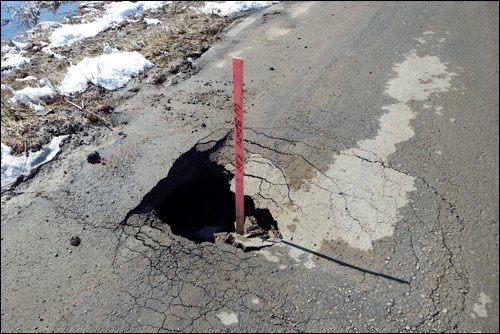A CAA study has revealed drivers pay the price for poorly maintained roadways in Saskatchewan.
According to CAA’s Cost of Poor Roads in Canada Study, which was released March 30, the average Canadian driver pays an extra $126 per year, which over a 10-year period of a car’s lifespan, adds up to around $1,260. In Saskatchewan, the average annual cost per driver is $97 and totals just under $1,000 per year.
Repairing roads before they are allowed to deteriorate saves money for drivers and governments, according to CAA.
CAA is inviting drivers, cyclists, pedestrians and motorcyclists to nominate and vote for the worst road they have travelled on. Nominations can be posted until April 27.
The 2021 CAA Top Ten Worst Roads will be announced April 28. Nominations and votes for worst roads on the caask.ca/worstroads site can be posted electronically or manually.
The current CAA Worst Roads listed are from all regions of the province and includes roads or highways near Hudson Bay, Shaunavon, Cadillac, Punnichy, Canora, Prince Albert, Kenaston, Frenchman Butte, Weyburn, Hodgeville, Nokomis, Benson, Moose Jaw and residential streets in Regina and Saskatoon.
Potholes and crumbling pavement remain as the number one problem reported during CAA’s Worst Roads Campaigns. Vehicle repair bills resulting from encountering potholes are expensive, but potholes are not the only problem when it comes to poor road conditions. Other pavement problems like cracking, rutting and foundation damage can result from moisture, traffic and poor drainage, according to CAA.
A Google Map locater has been added to this year’s campaign that will visualize vote distribution across the province. It will pinpoint the current locations of the nominated roads that are receiving votes. Photos of nominated worst roads will be accepted.
The purpose of CAA’s Worst Roads campaign, according to the organization, is to help highlight problems and dangerous road conditions in the province and to encourage decision makers to address those in most need of improvements.



